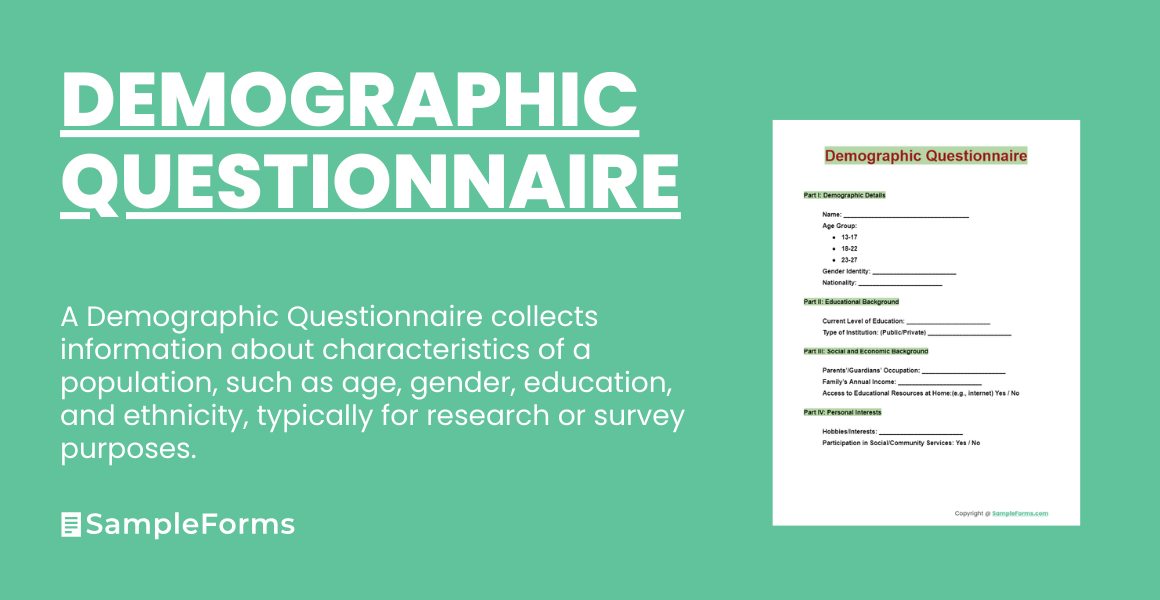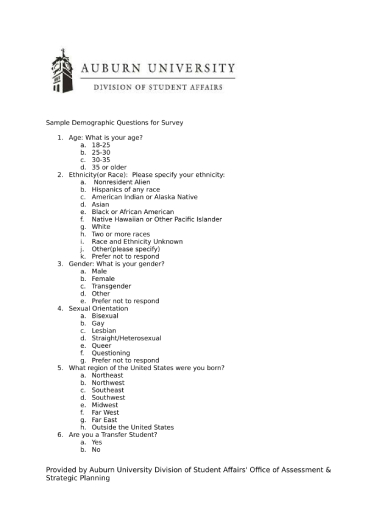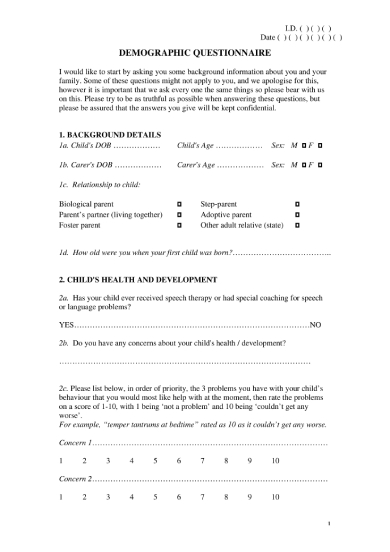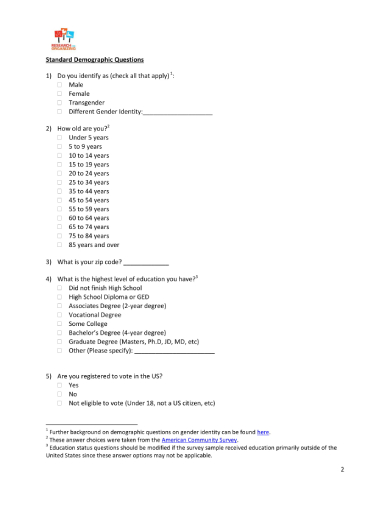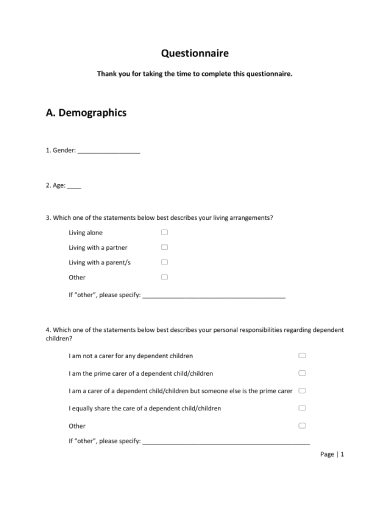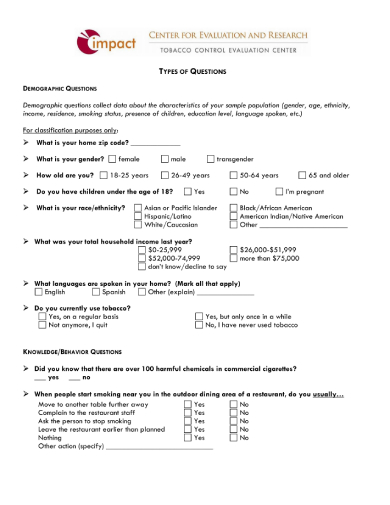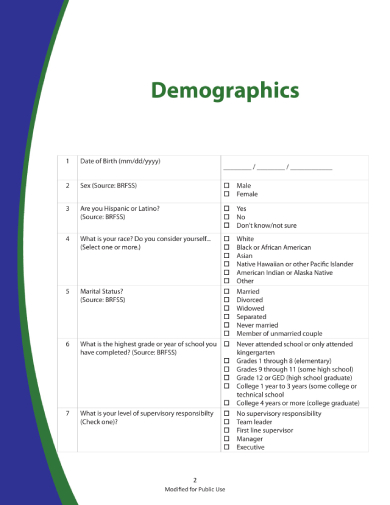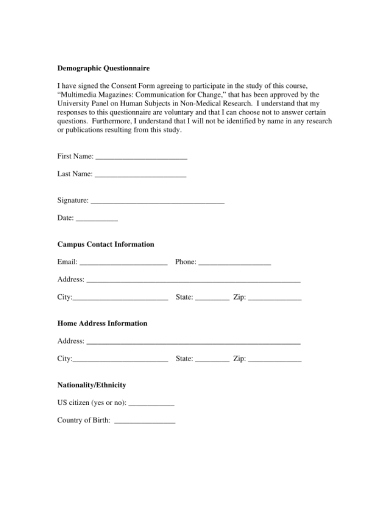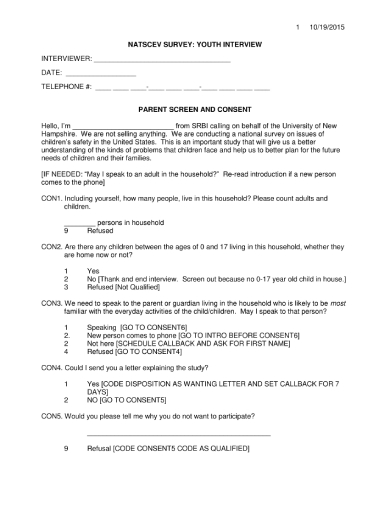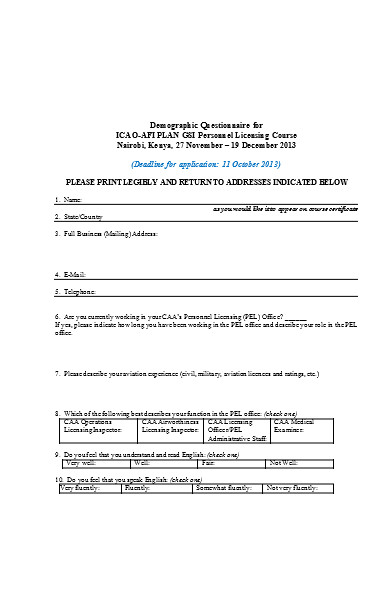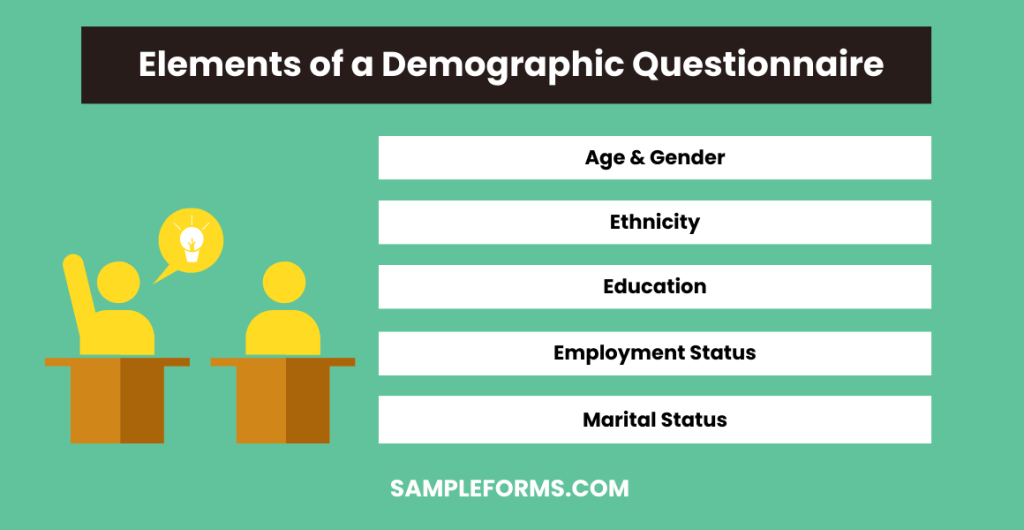Unlock the power of demographic questionnaires to gather essential insights into your target audience. This comprehensive guide covers everything from basic Questionnaire Form to intricate Financial Questionnaire Form in Word, providing you with the tools to understand preferences, behaviors, and backgrounds. With expert tips and examples, learn how to craft surveys that yield valuable data, helping you make informed decisions.
Download Demographic Questionnaire bundle
What is Demographic Questionnaire?
A demographic questionnaire is a survey tool used to collect data about the characteristics of a population. This includes information such as age, gender, income level, education, employment status, and more. Such questionnaires play a crucial role in various fields including marketing, healthcare, and social research, enabling organizations to tailor their strategies and services to meet the needs of their target audience. By understanding the demographic makeup of a population, businesses and researchers can make more informed decisions and create more effective, targeted initiatives.
Demographic Questionnaire Format
-
Section A: Basic Information
- Include questions on age, gender, and ethnicity.
- Provide options for respondents to specify their identity where applicable.
-
Section B: Educational and Employment Background
- Ask about the highest level of education completed and current employment status.
- Include open-ended options for specifying field of study or occupation.
-
Section C: Household and Economic Information
- Inquire about annual household income, type of residence, and living situation.
- Offer ranges for income and specify types of residence for clarity.
-
Section D: Cultural and Social Background
- Questions on primary language, cultural background, and lifestyle choices.
- Allow respondents to list secondary languages and describe their cultural identity.
-
Section E: Personal Interests and Aspirations
- Explore areas of interest, career aspirations, and extracurricular activities.
- Provide spaces for respondents to detail their interests and future plans.
Demographic Questionnaire for Research PDF
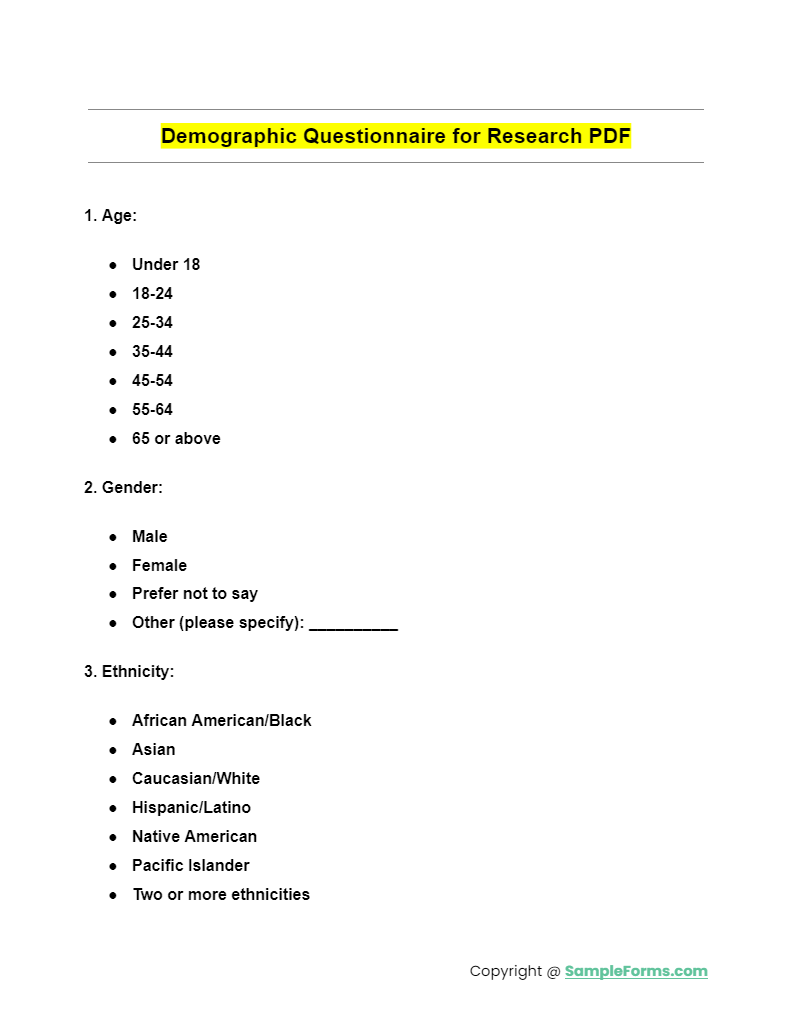
Utilize our Demographic Questionnaire for Research PDF to effectively gather and analyze population data, ensuring comprehensive insights for academic or market studies, including a Patient Satisfaction Questionnaire Form for targeted healthcare research. You should also take a look at our Mortgage Questionnaire Form.
Demographic Questionnaire Template
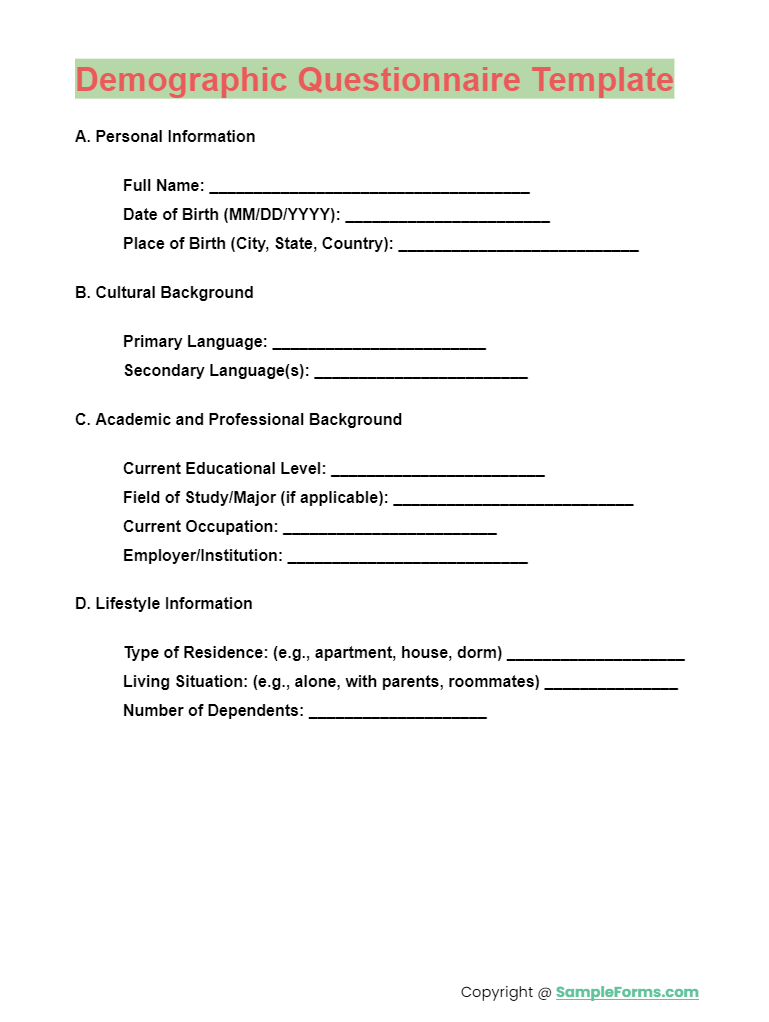
Our versatile Demographic Questionnaire Template streamlines the creation of personalized surveys, perfect for capturing essential demographic details across various fields, integrating a Survey Questionnaire Form for broader applications. You should also take a look at our Reference Questionnaire Form.
Demographic Questionnaire for College Students

Designed specifically for educational environments, our Demographic Questionnaire for College Students helps in understanding student backgrounds and needs, incorporating a Client Satisfaction Questionnaire Form to gauge campus services effectiveness. You should also take a look at our Restaurant Questionnaire Form.
Socio-demographic Questionnaire for Students
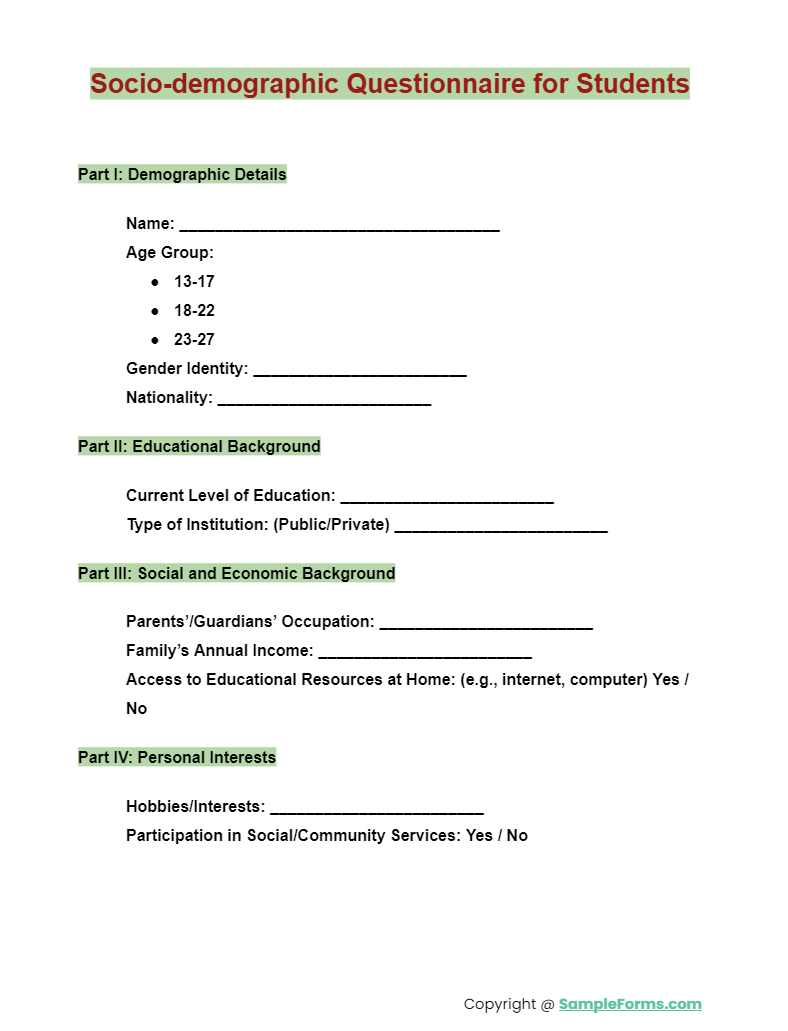
More Demographic Questionnaire Samples
Sample Demographic Questionnaire
Demographic Questionnaire Example
Demographic Questionnaire Form
Standard Demographic Questionnaire
Sample Questionnaire Survey Form
Demographics Survey Questionnaire
Example Demographic Survey Form
Voluntary Demographic Questionnaire
Demographic Questionnaire Form
Sample Demographic Survey
General Demographic Questionnaire Form
Elements of a Demographic Questionnaire
Creating demographic questionnaires may sound tricky, but it is one of the simplest survey forms. You still need to make sure to compose these survey forms properly and follow some required content to create it effectively. Here are some elements one would usually find in a demographic questionnaire that could be useful for your very own research.
1. Age: Asking a person’s age in a survey is quite common in every type of survey form. This element will help the researcher measure how experienced and knowledgable is the respondent with the subject. Most survey forms place age brackets for the respondents to choose, such as “Below 15,” “16-20,” or “60 above.”
2. Gender: The gender is also a common question in a demographic questionnaire. A person’s gender affects their way of thinking on a particular topic. Whether the study is about electronics, shopping for clothes, or emotional conditions—they would have different reactions to it. It makes the results of the survey diverse and easy to analyze.
3. Ethnicity: One’s ethnicity or race will affect their response to a survey. People will have different points of view with a particular subject if they have different cultures as well. The chances are high that the respondents’ encounter with the survey topic influences their answers.
4. Education: This information helps researchers segment their respondents according to their educational attainment. Researchers will also gather different answers with how exposed are their respondents with their survey topic.
5. Employment Status: There are survey topics that require demographic information with regards to the respondent’s employment status. Some of these surveys involve different points of view from both unemployed and employed.
6. Marital Status: This element also affects a respondent’s opinion about a survey topic. There are times that single citizens think differently from married ones. That is why it is usually in a demographic profile to pick different responses.
How to Create Demographic Questionnaire Forms
Demographic questionnaires are useful in so many situations. If you are a student, it would surely help you with knowing your respondents well in your research study. But if you are in the business aspect, you would surely need this document for your market segmentation process. It helps you categorize your target market quickly and understand their patterns easily. To receive accurate results, you need to create your demographic questionnaires carefully. We have listed a few tips and steps below to guide you on how to write survey questionnaires quickly.
Step 1: Know the Purpose of the Questionnaires
Before you start constructing your survey forms, you must think of its purpose first. Demographic questionnaires are useful in various fields—it could be for businesses or studies. The questions you will include in the demographic survey will depend on its purpose. Are you using it as a demographic profile for a product survey? Or gathering demographic information for a specific research study? Consider first its objectives, and you can proceed to the other details. You should also take a look at our Residence Questionnaire Form.
Step 2: Apply a Clean Format
Just like any other survey form, a basic demographic questionnaire often has a clean format. Using an organized format for your surveys will make it look more professional and readable. Your respondents will understand it easily. You can also use sample demographic survey forms available online as references in creating your very own for convenience. You should also take a look at our Will Questionnaire Form.
Step 3: Include Relevant Elements
Recall the goals and objectives of your survey forms to know what elements to include in the questionnaire. To get accurate demographic information, you must at least have the standard details like age, gender, and marital status. You must include questions that are relevant to your study to gather the right data you need. You should also take a look at our Exit Interview Questionnaire Form.
Step 4: Keep it Short and Precise
You should write your questionnaire forms precisely. Your respondents appreciate it more if your survey forms won’t reach until five pages. Respondents get easily bored when answering lengthy surveys. That is why you need to keep it short and direct to collect accurate data from your consumers. You should also take a look at our Investor Questionnaire Form.
Step 5: Proofread Before Sharing
You need to proofread your document before proceeding to post or print it. Make sure you place the right questions and choices in your demographic surveys to prevent conflicts and misunderstandings. Maintaining a positive impression from your respondents is always essential. You may post your demographic questionnaire online along with a customer survey about your products. You should also take a look at our Satisfaction Questionnaire Form.
What is a Demographic Questionnaire in Qualitative Research?
A Demographic Questionnaire in Qualitative Research is a tool used to collect detailed information about the participants’ characteristics, such as age, gender, ethnicity, education, and occupation. It aids in understanding how these characteristics can influence perspectives, behaviors, and experiences related to the study’s topic.
Steps to Create a Demographic Questionnaire in Qualitative Research:
- Define the Purpose: Determine what demographic information is relevant to your research questions or objectives.
- Select Demographic Questions: Include questions that cover essential demographic information, incorporating a Health Questionnaire Form to gather health-related demographics if relevant.
- Design Open-Ended Questions: To capture qualitative insights, incorporate open-ended questions allowing participants to provide more detailed responses.
- Ensure Cultural Sensitivity: Make questions inclusive and sensitive to cultural differences.
- Pilot Test: Conduct a pilot test with a small group to ensure questions are clear and relevant.
Is a Demographic Questionnaire Qualitative or Quantitative?
A Demographic Questionnaire can be both qualitative and quantitative, depending on the nature of the questions asked and the purpose of the research.
Steps to Determine if Your Demographic Questionnaire is Qualitative or Quantitative:
- Identify the Type of Data Collected: Quantitative questionnaires typically gather numerical data, while qualitative questionnaires collect descriptive data.
- Analyze the Question Format: Quantitative uses closed-ended questions, and qualitative may use open-ended questions or a Questionnaire Consent Form to explore deeper insights.
- Consider the Research Objective: Quantitative aims to quantify opinions or behaviors, whereas qualitative seeks to understand motivations or experiences.
- Method of Analysis: Quantitative data is statistically analyzed; qualitative data is thematically analyzed.
Why do we Ask Demographic Questions in Surveys?
Demographic questions are crucial in surveys to segment the population and understand how different groups perceive, react, or experience a phenomenon differently.
Steps for Including Demographic Questions in Surveys:
- Clarify Research Goals: Identify why demographic information is relevant to your study.
- Segment Your Audience: Use demographic questions to segment your audience for more targeted analysis, incorporating a Supplier Questionnaire Form for vendor assessments.
- Improve Data Relevance: Tailor questions to gather information that directly impacts the research outcome.
- Ensure Inclusivity: Design questions that are inclusive of all participants’ backgrounds and experiences.
- Respect Privacy: Include a disclaimer about privacy and data usage to reassure participants.
How do you make a checklist for a questionnaire?
Creating a checklist for a questionnaire ensures all necessary steps and elements are included for effective data collection.
Steps to Make a Checklist for a Questionnaire:
- Objective Definition: Clearly state the purpose of your questionnaire.
- Question Relevance: Ensure each question directly contributes to your research objectives, including a Medical Questionnaire Form for health-related surveys.
- Clarity and Simplicity: Check for simple language and clear questions.
- Logical Flow: Organize questions in a logical order.
- Pilot Test: Include a step for testing the questionnaire on a small audience.
- Confidentiality and Consent: Add steps for ensuring participant confidentiality and obtaining informed consent, using a Questionnaire Consent Form.
What are the Different Types of Demographic data?
Demographic data refers to specific attributes of individuals in a population, which can be categorized into various types for in-depth analysis.
Steps to Identify and Collect Different Types of Demographic Data:
- Personal Background: Collect information on age, gender, ethnicity, and marital status.
- Socioeconomic Status: Include questions about education level, occupation, and income.
- Geographic Location: Gather data on participants’ residential location.
- Health Information: Use a Health Questionnaire Form for collecting data on physical and mental health status.
- Lifestyle and Interests: Include questions on hobbies, interests, and lifestyle choices, such as a Secret Santa Questionnaire for Adults for personal interest surveys.
- Employment Information: Collect data using an Employment Questionnaire Form for workplace demographics.
- Use of Services: Ask about the usage of services or products relevant to the study.
How do you write a Good Questionnaire?
To write a good questionnaire, ensure clarity, brevity, and relevance in your questions. Incorporate a Food Frequency Questionnaire Form to assess dietary habits, ensuring questions are easy to understand and answer.
How do you Start a Survey Questionnaire?
Start a survey questionnaire with a clear introduction, stating its purpose and how the data will be used. Include a Disability Questionnaire Form section to respect and accommodate all participants’ needs.
What Questions Should be Included in a Questionnaire?
A questionnaire should include demographic, behavioral, and attitudinal questions. Use a Buyer Questionnaire Form to gather insights on consumer preferences and purchasing behaviors effectively.
What can be Collected in a Demographic Analysis?
Demographic analysis can collect data on age, gender, income, education, and occupation. Including a Tenant Questionnaire Form can provide insights into housing and lifestyle preferences.
How Long Should a Questionnaire Be?
A questionnaire should be concise yet comprehensive, typically not exceeding 10-15 questions to prevent respondent fatigue. Incorporate essential items like a Job Questionnaire Form for employment-related surveys.
Is 10 Questions Enough for a Questionnaire?
Yes, 10 questions can be sufficient for a questionnaire if they are well-crafted and focused, providing depth without overwhelming respondents. A Travel Questionnaire Form can effectively gather travel preferences and behaviors with just 10 questions
Related Posts
-
FREE 6+ Market Research Forms in PDF | MS Word
-
FREE 5+ Recruiter Performance Review Forms in PDF | MS Word
-
FREE 11+ Travel Questionnaire Forms in PDF | Excel | Ms Word
-
FREE 8+ Sample Reference Questionnaire Forms in PDF | MS Word
-
FREE 8+ Sample Disability Questionnaire Forms in PDF | MS Word
-
FREE 8+ Sample Buyer Questionnaire Forms in PDF | MS Word
-
FREE 9+ Sample Will Questionnaire Forms in PDF | MS Word | Excel
-
Survey Questions for Students
-
FREE 8+ Sample Patient Health Questionnaire Forms in PDF | MS Word
-
Questionnaire Form
-
FREE 9+ Sample Questionnaire Consent Forms in PDF | MS Word
-
Interview Questionnaire Form
